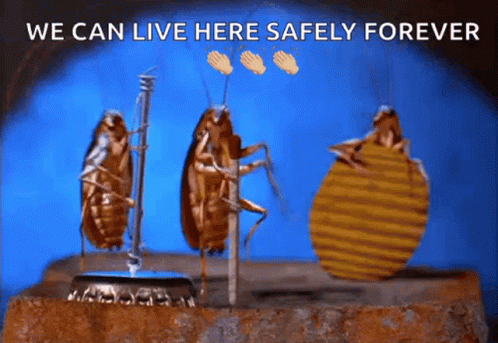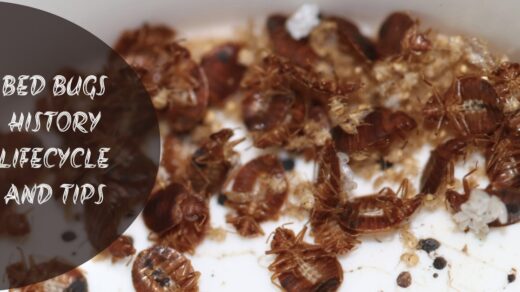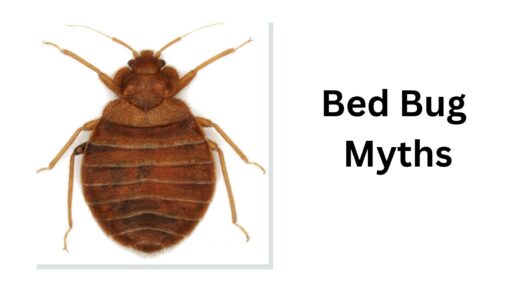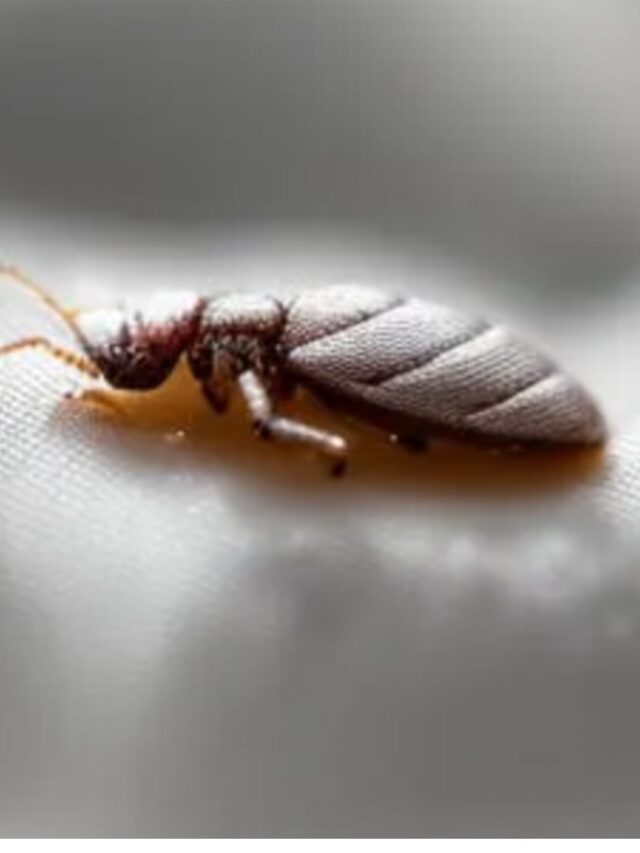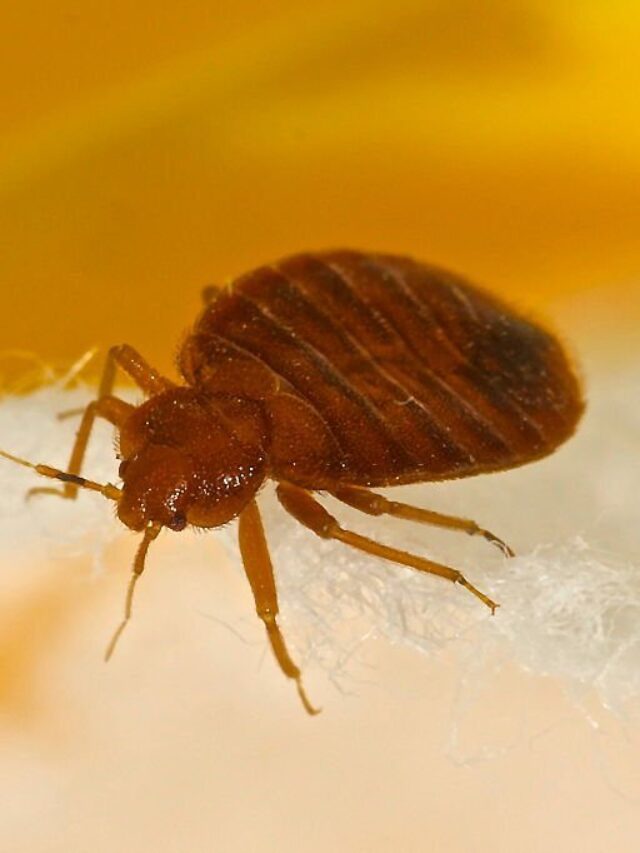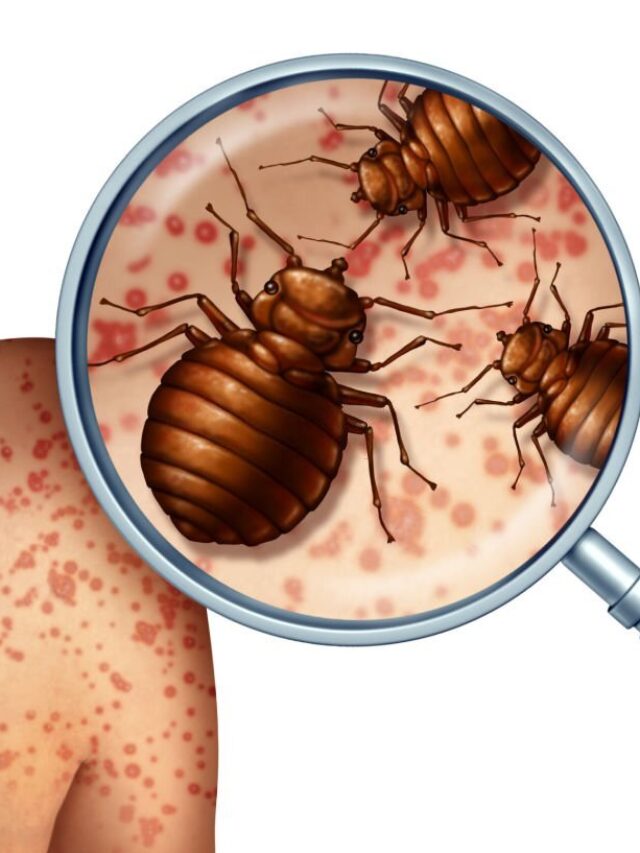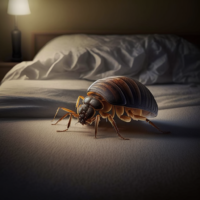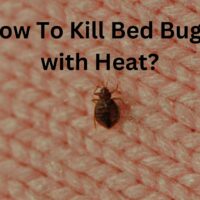Fascinating Bed Bug Facts that You Must Know
- Bed bugs are small, flat, reddish-brown insects that feed on the blood of humans and animals.They are about the size of an apple seed.
- Bed bugs are attracted to warmth and carbon dioxide, which is why they like to live in beds.
- Bed bugs can survive for months without feeding. They can live for up to a year, depending on the conditions.
- Bed bugs can lay up to 500 eggs in their lifetime.
- Bed bugs are not known to transmit diseases to humans. However, their bites can cause itching and swelling.
- Bed bugs are excellent at hiding and can be difficult to detect. They can be found in mattresses, box springs, bed frames, and other furniture.
- Bed bugs can also be found in cracks and crevices, such as baseboards and wallpaper.
- Bed bugs are not a sign of poor hygiene. They can be found in clean homes as well as dirty ones.
- Bed bugs have been around for thousands of years. They were common in the United States before World War II, but their numbers decreased due to the use of insecticides. However, bed bugs have made a comeback in recent years. This is partly due to increased international travel and the banning of certain insecticides.
- Bed bugs are resilient and can survive extreme temperatures and conditions. They can even survive a trip through the washing machine.
- Bed bugs are not attracted to dirt, but to warmth and carbon dioxide.
- Bed bugs can be transported in luggage, clothing, and other personal belongings. They can also hitch a ride on pets and other animals.
- Bed bugs are most active at night, when their hosts are sleeping. They can sense the presence of their hosts by the carbon dioxide they exhale.
- Bed bugs can feed for up to 10 minutes at a time. After feeding, their bodies swell and become reddish in colour.
- Bed bugs can feed every few days, but can survive for long periods without feeding.
- Bed bugs can be difficult to get rid of once they infest a home. Professional extermination is often necessary.
- Bed bugs can cost homeowners thousands of pounds in extermination fees and lost property.
- Bed bugs can be detected by their droppings, which look like tiny black specks. They can also be detected by their shed skins, which are translucent and paper-thin.
- Bed bugs are not known to spread diseases, but their bites can become infected if scratched.
- Bed bugs can cause anxiety and sleepless nights for those who are affected by them.
- Bed bugs are not a sign of poor hygiene or cleanliness.
- Bed bugs can be found in all types of homes, including apartments, hotels, and single-family houses.
- Bed bugs can be found in all parts of the world.
- Bed bugs are not a reflection of a person’s social status or personal habits.
- Bed bugs can survive for up to a year without feeding, making them difficult to eliminate.
- Bed bugs can reproduce quickly, making an infestation worse over time.
- Bed bugs are not dangerous to most people, but can cause allergic reactions in some.
- Bed bugs can be detected by the sweet, musty odour they emit.
- Bed bugs can be killed by high heat or cold temperatures.
- Bed bugs can be killed by insecticides, but some have developed resistance to certain chemicals.
- Bed bugs can be prevented by vacuuming regularly and inspect
- Bed bugs can be prevented by sealing cracks and crevices in walls and floors.
- Bed bugs can be prevented by using bed bug-proof mattress and box spring covers.
- Bed bugs can be prevented by avoiding used furniture and mattresses.
- Bed bugs can be prevented by washing and drying clothing and bedding on high heat.
- Bed bugs can be prevented by inspecting hotel rooms and other lodging for signs of bed bugs before unpacking.
- Bed bugs can survive up to a week without a blood meal. They can travel up to 20 feet to find a host to feed on.
- Bed bugs have a unique ability to change their physical appearance in order to avoid detection. They can flatten their bodies to fit into tight spaces, and change their colour to match their surroundings.
- Bed bugs are attracted to the heat and moisture that our bodies produce. They can even detect the carbon dioxide we exhale from several feet away.
- Bed bugs have been found in a variety of unusual places, including public transportation, schools, and movie theatres. There are several different species of bed bugs, but the most common is Cimex lectularius.
- Bed bugs are not known to transmit diseases, but their bites can cause itching and discomfort.
- Bed bugs have been known to cause psychological distress in some people, including anxiety and insomnia.
- Bed bugs are attracted to certain colours, particularly red and black.
- Female bed bugs can lay up to five eggs a day, and up to 500 eggs in her lifetime.
- Bed bug eggs are small, white, and about the size of a pinhead.
- Bed bugs can go through several stages of development, including egg, nymph, and adult. It takes about five weeks for a bed bug to develop from an egg to an adult.
- Bed bugs are resilient pests and can survive extreme temperatures and conditions.
- Bed bugs can hitchhike on clothing, luggage, and other items, making it easy for them to spread.
- Bed bugs can be difficult to get rid of, and often require professional extermination.
- Bed bugs have a distinctive, unpleasant odour that some people describe as musty or sweet.
- Bed bugs have been around for thousands of years, and were even mentioned in ancient Greek and Roman texts.
- Bed bugs can live for several months without feeding if conditions are right.
- Bed bugs are nocturnal insects and are most active at night.
- Bed bugs can be identified by their flat, oval shape, and reddish-brown colour.
- Bed bugs are attracted to clutter and tight spaces, such as cracks in walls and furniture.
- Bed bugs can be found in all types of homes and environments, from luxury hotels to low-income housing.
- Bed bugs are often associated with poor hygiene, but this is a myth – anyone can get bed bugs.
- Bed bugs are attracted to the scent of carbon dioxide, which is why they often bite people around the face and neck area.
- Bed bugs can survive for several months without a meal, but they will eventually die without a blood source.
- Bed bugs have a lifespan of about 6-12 months.
- Bed bugs can be difficult to detect, as they often hide in cracks and crevices during the day.
- Bed bugs are attracted to the scent of human sweat and body odour.
- Bed bugs can cause allergic reactions in some people, which can range from mild to severe.
- Bed bug bites typically appear in a line or cluster on the skin.
- Bed bugs are able to go without feeding for up to a year in certain conditions.
- Bed bugs are able to survive in cold temperatures, but they are more active and reproduce faster in warmer temperatures.
- Bed bugs are able to detect the presence of other bed bugs by the chemicals they produce, and will avoid areas where there are already bed bugs.
- Bed bugs are not known to transmit diseases, but they can be a significant nuisance and cause emotional distress.
- Bed bugs are attracted to the smell of dirty laundry, so it’s important to keep laundry in sealed bags when travelling to prevent bed bug infestations.
- Bed bugs are able to survive in a wide range of temperatures, from freezing to over 50 degrees Celsius.
- Bed bugs are attracted to warmth, which is why they often hide in bedding, furniture, and clothing.
- Bed bugs are known to be able to detect changes in light and temperature, which can alert them to the presence of a host.
- Bed bugs can travel up to 20 feet in search of a blood meal.
- Bed bugs have been found to be resistant to some insecticides, which can make them difficult to control.
- Bed bug infestations can cause significant emotional distress and can lead to anxiety, depression, and insomnia.
- Bed bugs are often associated with poor living conditions, but they can be found in clean and well-maintained environments as well.
- Bed bugs are attracted to the warmth and carbon dioxide that is emitted by sleeping humans, which is why they often bite people in bed.
- Bed bugs are able to sense the presence of a host by the heat, carbon dioxide, and other chemicals that they emit.
- Bed bugs have small, pointed mouthparts that they use to pierce the skin and suck blood.
- Bed bug bites are typically painless at first, but can become itchy and inflamed over time.
- Bed bugs are difficult to control, but there are a number of strategies that can be used to manage infestations, including heat treatments, pesticides, and vacuuming.
- Bed bugs are able to survive without food for up to a year, which makes them difficult to eliminate.
- Bed bugs are attracted to the carbon dioxide that is produced by humans when they breathe, which is why they often bite people in bed.
- Bed bugs can cause significant discomfort and can lead to anxiety and stress.
- Bed bugs are able to survive in a wide range of temperatures, from freezing to over 50 degrees Celsius.
- Bed bugs are able to hide in cracks and crevices, making them difficult to detect and eliminate.
- Bed bugs are often associated with travel, as they can hitch a ride on luggage and clothing.
- Bed bugs can be difficult to identify, as their bites can be mistaken for those of other insects, such as mosquitoes.
- Bed bug infestations can be expensive to treat, as multiple treatments may be necessary to fully eliminate the bugs.
- Bed bugs have been found in all types of homes and environments, from luxury hotels to low-income housing.
- Bed bugs can cause significant economic losses, as infestations can lead to lost revenue for hotels and businesses.
- Bed bugs are known to be attracted to the colour red, which is why some traps and monitoring devices are designed with red components.
- Bed bugs have a unique “bed bug odour” that has been described as sweet and musty.
- Bed bugs are able to survive for several months without feeding, which can make them difficult to detect.
- Bed bugs have been known to survive for up to a year in a sealed plastic bag.
- Bed bugs are more active at night and are attracted to the carbon dioxide that is produced by humans when they breathe.
- Bed bugs have been found to be able to transmit some diseases, although they are not known to transmit diseases to humans in the same way that mosquitoes do.
- Bed bugs have been found to be attracted to certain types of fabric, such as wool and silk.
- Bed bugs are able to climb smooth surfaces, which allows them to easily move from one area to another.
- Bed bugs have been found to be attracted to the smell of dirty laundry, which is why it is important to keep dirty clothes in a sealed bag.
- Bed bugs have been found to be attracted to certain colours, such as black and red.
If you find these facts interesting then share them with your friends and family. Ged rid of bed bugs and enjoy bite free sleep.
